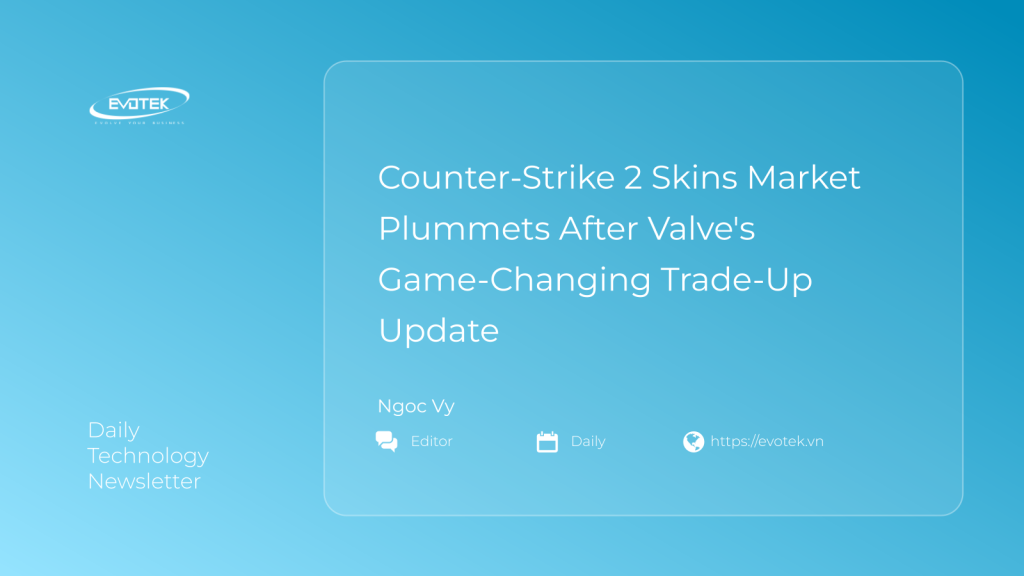A recent patch for Counter-Strike 2 by Valve has sent a seismic shock through the highly valuable CS2 skins market. A seemingly minor adjustment to how in-game cosmetic items can be acquired has resulted in a dramatic crash for high-end items, with some losing hundreds of dollars in value within a mere few hours.
The latest Counter-Strike 2 patch notes highlighted the return of the popular Retakes mode and various map adjustments. However, tucked away at the bottom was a pivotal new feature related to CS2 skins. Players are now able to trade in five StatTrak Covert items—which, while rare, typically do not reach the exorbitant prices of other top-tier items—to receive a coveted StatTrak Knife. Knives have historically been among the most expensive in-game items available.
Furthermore, players can also exchange five regular Covert items (again, not typically ultra-high-end) for either a regular Knife or a regular Gloves item. Both Knives and Gloves have traditionally commanded premium prices within the CS2 economy.
This new system represents a guaranteed method to secure some of the rarest cosmetic items in Counter-Strike 2, a possibility that has largely been unprecedented until now. Unsurprisingly, a significant number of players have eagerly utilized this new trade-up mechanic, leading to a major impact on item prices and the overall skins market.
Major Price Devaluation for High-Tier CS2 Cosmetics
While the value of the “feeder” items—the Covert skins used in the trade-up process—has generally seen an increase, the market prices for Knives and Gloves have absolutely tanked. Reports indicate that some of these high-value items have plummeted by approximately 70% of their original worth in just the last 24 hours.
This strategic move from Valve appears somewhat surprising initially, considering the company typically earns a substantial amount by taking a cut from all skin sales on its official community marketplace. However, this could be a shrewd maneuver designed to benefit Valve in the long run. A significant portion of ultra-high-value items like Knives and Gloves are frequently traded on external, third-party sites, where Valve does not receive any commission.
By effectively destroying the exorbitant price tags of these items and making them more accessible through in-game mechanics, Valve could be reducing the incentive for players to conduct trades elsewhere. This could funnel more transactions back to the Steam marketplace, allowing Valve to secure a percentage it would otherwise miss out on.
Shifting Away from Loot Boxes?
Beyond market control, there is also growing speculation that this change could signal the beginning of a wider transformation for the CS2 skins economy. With global regulations on loot boxes becoming increasingly stringent, Valve may be exploring alternative acquisition systems for its in-game cosmetics.
This theory aligns with a new type of Counter-Strike 2 case introduced earlier in the year. This innovative case allows players to unlock and preview the item inside for free before committing to a set price to actually claim it, a notable departure from traditional gambling-style loot box mechanics.

 日本語
日本語 한국어
한국어 Tiếng Việt
Tiếng Việt 简体中文
简体中文